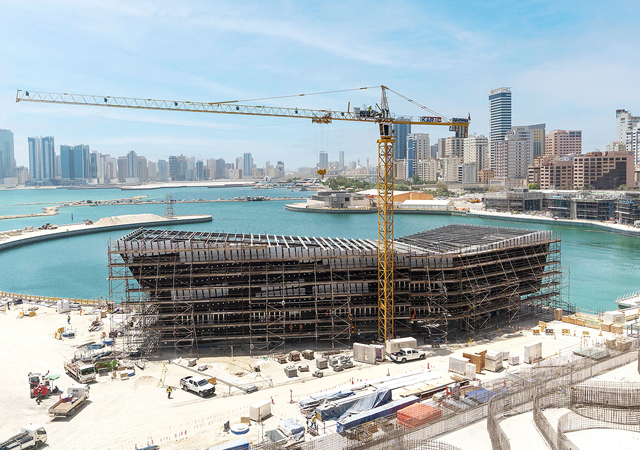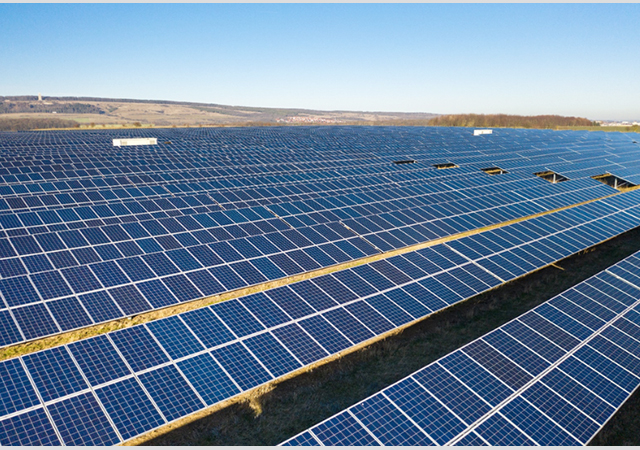
Liebherr has designed its latest mobile crane to be highly functional, mobile, quick to erect and and easy to use.
Liebherr of Germany has launched a new mobile crane which is said to be offer fast erection and maximum mobility, among several other innovations.
"The new 13 HM crane offers hook heights up to 20.7 m, a maximum working radius of 20 m and a maximum load capacity of 1,200 kg, making it a highly functional unit with very compact overall dimensions," says Liebherr spokesman Hans-Martin Frech. The crane is ideal for the load lifting needs in wood construction, carpentry and joinery and building trades, for erecting roofing and walls, prefabricated wood and in structural construction."
Highlighting the crane's features, he continues: "To keep erecting and dismantling time short, the 13 HM has air-sprung tandem trailer axles equipped with an antilock braking system (ABS), which are an integrated element of the crane. Either a drawbar or a fifth wheel can be used to tow the crane, which can travel at speeds up to 80 km/h and be towed by a truck of up to 7.5 tonnes, in other words, one driven by any holder of a passenger car (German Class 3) driver's licence. Other mobility bonuses are the crane's ability to travel with the full ballast on board and the jib folding device for very low headroom on the road.
"The 13 HM's pneumatic lift and lower system is also designed to simplify handling. It enables the crane to be raised or lowered by up to 190 mm, and thus placed on its support spindles without difficulty. The variable height supports and spindle micro-adjustment also make handling extremely straight-forward. Once supported, the 13 HM is raised by the well-proven kinematics used on all Liebherr's H series of cranes. The complete erecting procedure can be carried out extremely quickly by one person only.
"Other advantages of the 13 HM are its 160-degree raised jib position for obstruction avoidance and a 20-degree jib working angle. For movements of the cast ballast slabs, the crane is equipped with an innovative ballast displacement system.
''Other design details aimed at enhancing operating economy still further are its frequency-controlled slewing gear, standard current connector and generous ground clearance. Last but not least, the tightly-welded folding tower helps to guarantee exceptionally long operating life."
Meanwhile, Liebherr says its new TT cranes are proving successful in day-to-day working conditions around construction sites in Europe.
"With their unique telescoping tower and jib technology, the TT cranes have established a new performance standard in their size categories. Their versatility makes them decisively more cost-effective for the construction companies that operate them," says Frech.
The TT crane series consists of the 24 TT, 27 TT and 32 TT. In addition to the innovative telescopic tower and jib principle, the cranes are said to have decisive advantages in the transportation area, in quick, straightforward erecting and when the ballast weights are placed in position.
"The range of hook heights, working radii and jib positions makes the TT crane series quite uniquely versatile, with a practical solution ready for every conceivable operating task," Frech says. "The solid-walled tower and closed three-web telescopic jib make them exceptionally compact in design. Ingeniously-planned erecting kinematics enable the TT crane to raise itself from the transport axles on to the support spindles. Only one person is needed to make the TT crane ready for use within 15 minutes of its arrival at a construction site. Ballasting is aided by the erecting and hoisting winches, a semi-automatic ballasting grab and a novel method of ballast centring that speeds up the work cycle considerably."
Other innovations of the TT cranes include a multi-functional trolley, a quick connection for locking the tower and the slewing platform, the re-reeving system and power supply by way of a multi-link chain."
Frech says that over the first year following their world launch, the TT cranes have demonstrated their outstanding operating economy in various difficult operating situations.
He elaborates: "A 27 TT is proving itself on a steep construction site in Bolzano, Italy. The Unterkofler construction company is operating the crane on a difficult, steeply sloping site in the South Tyrolean town.
"The project involves the conversion of an existing house and the construction of an underground garage. The TT's telescopic jib compensates for the slope of the ground, without any risk of damage to trees located within the crane's slewing range. This task also illustrates the practical advantages of the TT system's resistance to wind - there is very little surface area exposed to the wind when the tower and jib have both been retracted, after which the slewing gear is locked so that the crane resists wind pressure and cannot accidentally strike trees or the steeply rising ground surface on a site such as this. The advantages of its compact construction were also evident when the crane was manoeuvred along a narrow road, only 2.6 m wide, and lined with listed buildings.
"Also, in the Austrian town of St Johann, a 32 TT recently worked within severe constraints on space and time, to help build a six-storey sports store.
"Despite the severely restricted space available for setting up equipment on site, the crane had to have a working radius of at least 30 m with a load capacity of 1,000 kg at the end of the jib. To make the task even more difficult, only four-and-a-half months were available for the construction work: in other words, the construction of a complete floor had to be completed every seven working days.
"To ensure that this high rate of material handling was achieved, the Spiluttini Bau construction company operated the 32 TT with the tower retracted to a hook height of 14.5 mm. The hoisting distances were thus considerably reduced, so that material could be placed where it was needed more rapidly. In addition, the jib was retracted as necessary to provide the load capacity needed for heavy lifting tasks; the crane's available load moment goes up by some 20 per cent each time the jib is shortened."










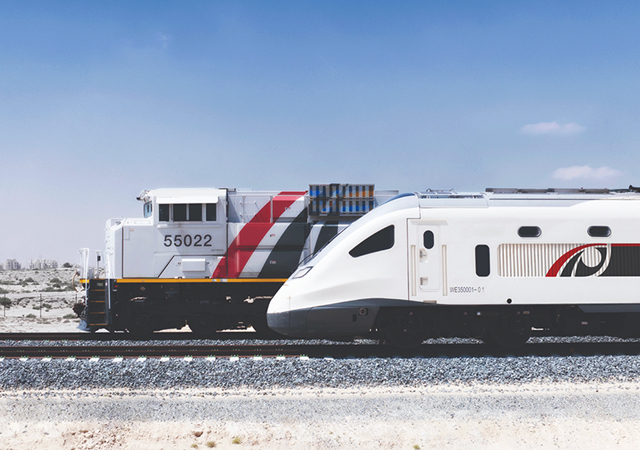
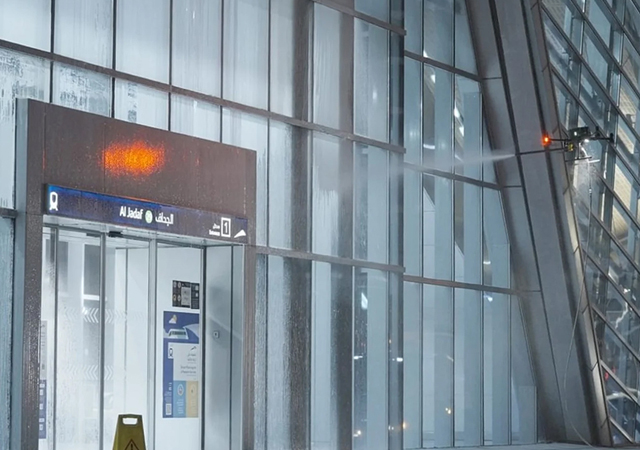

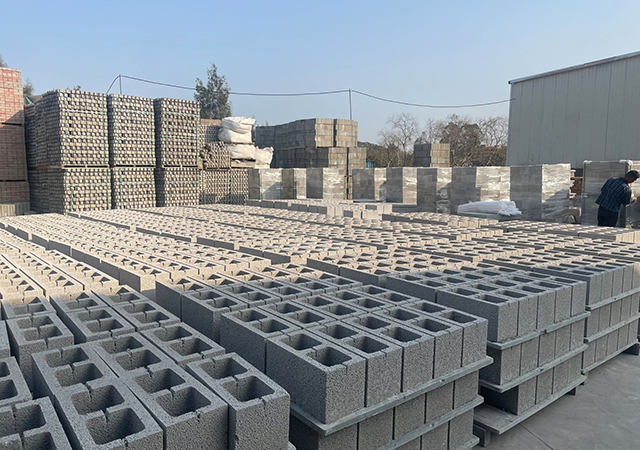


.jpg)
.jpg)
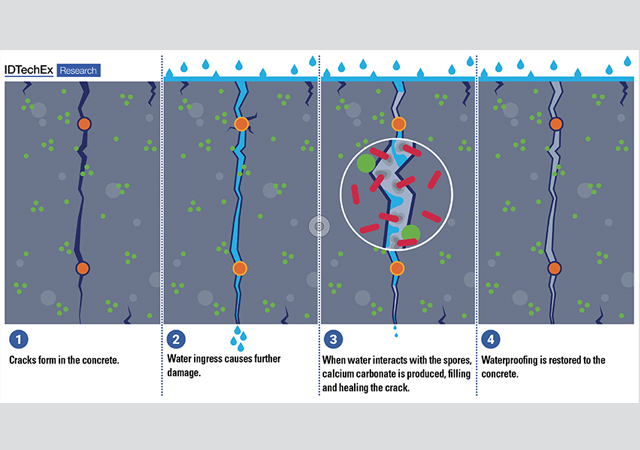
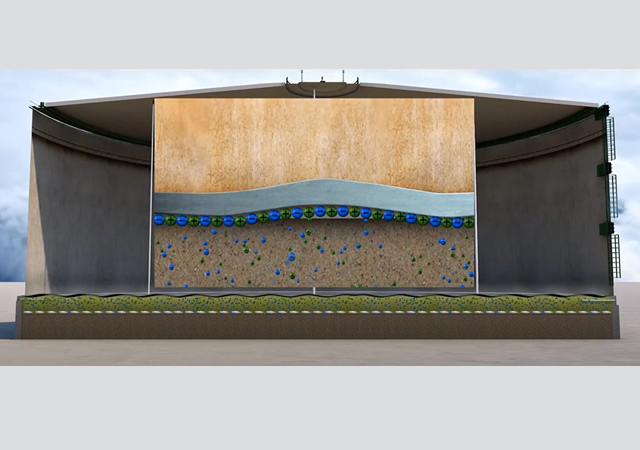
.jpg)
.jpg)
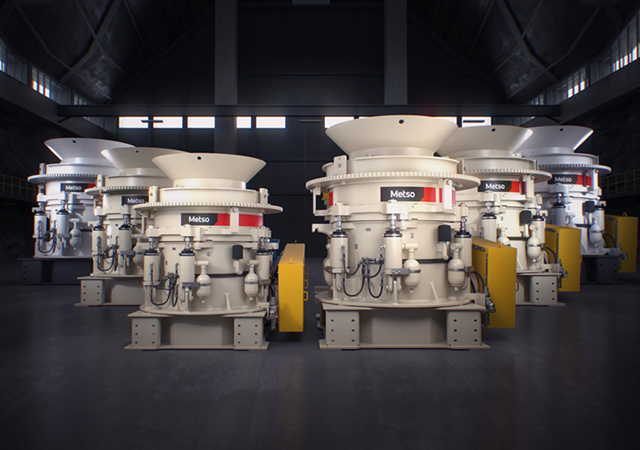
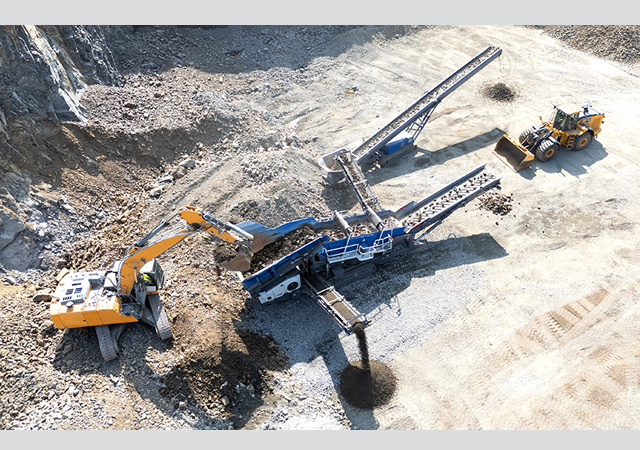
.jpg)
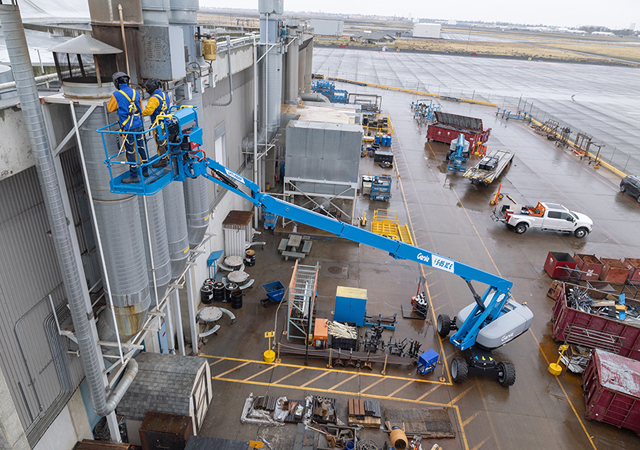

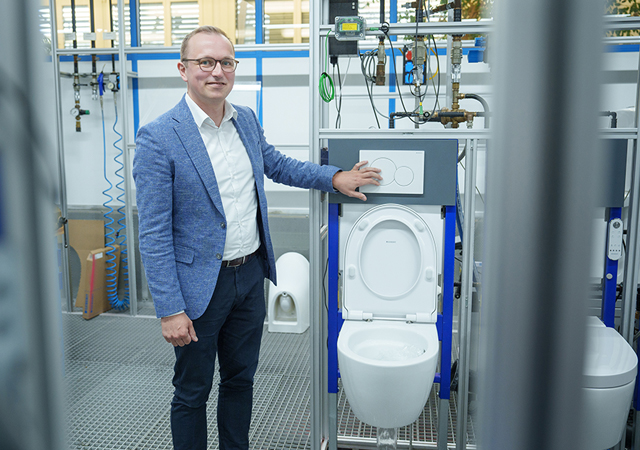

 Doka.jpg)



